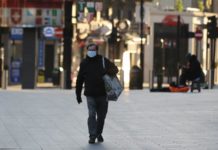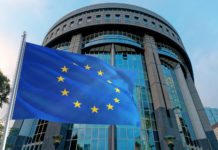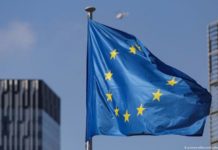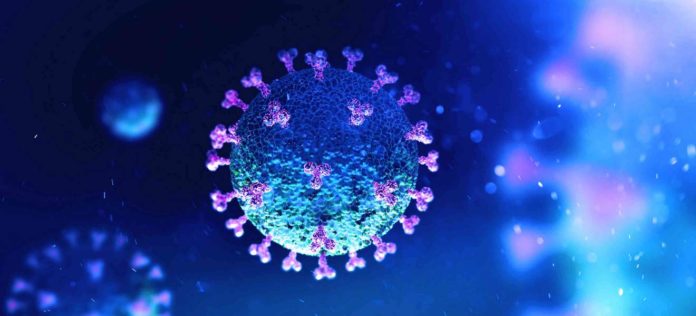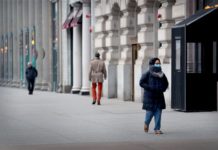Learning How To Live With A Pandemic
Globally, we are coming to terms with learning how to live with a pandemic, understanding that it may be a long while before we may experience a breakthrough and yet remaining hopeful that we can. The question is, how do we begin to find a cure for the one virus that seems to outsmart us?
On May 22, China declared that it had recorded no new cases on the mainland since the outbreak of the virus. Since March, locally transmitted cases saw a sharp decline as the country implemented strict measures to curb the spread throughout the region.
New Zealand also joined the COVID free list, and the country was heralded for having flattened the curve and its swift response to the first outbreaks. To any one in any country hearing about this for the first time, it’s a story of hope and assurance that the virus can be beaten.
RELAPSE
However, in light of recent reports of new cases from these two countries, it would the strength of COVID was underestimated by these two countries. For New Zealand, fresh trouble started on June 6th when two women arriving from the UK, and let out of quarantine early were later found to be infected.
In China, new outbreaks have been as a result of the migration of Chinese nationals returning from abroad. Infections in Jilin and Heilongjiang, China’s Northeastern border provinces also contributed to the return of the virus.
Recording new cases of COVID-19 right after declaring freedom from the pandemic cannot be an easy blow to swallow. Both countries regardless took up the accountability and learnt from where they went wrong, re-organizing again, the necessary resources to restart the road to recovery.
What is common in both countries is these new cases come mostly as a result of borders being opened as part of lifting restrictions for life to return to normal. Perhaps they were a little too quick to celebrate?
Failure to realize that the complete opening of borders could result in fresh cases cannot be completely excused. Since closing borders, most countries focus on working inwards to control the spread, meaning the outside world was left to deal with their problems.
Opening up borders requires a more intense system of monitoring the spread of the virus as it would be a little harder to control the influx of hundreds of nationals scattered across the globe during these trying times, eager to return home.
We moved from knowing how the virus spreads to realizing transmission can be asymptomatic, meaning it became harder for countries to curb its spread. And now, it seems recovering from COVID may not really mean what we think it means.
We must continue to keep at the top of our minds, that we are in the middle of a life-threatening reality with not enough ideas on how to escape it.



